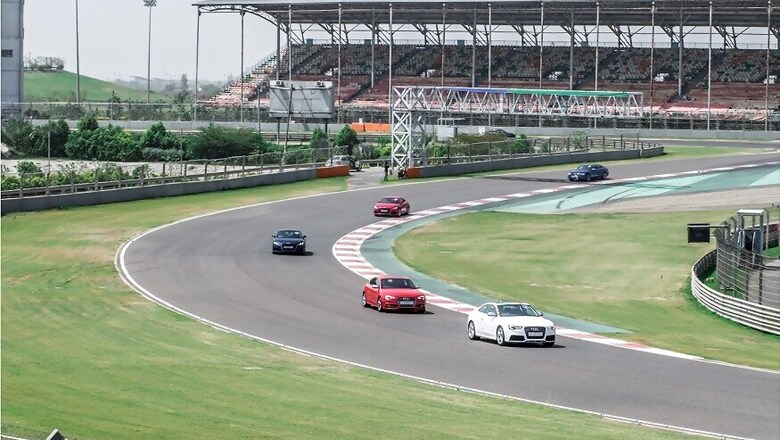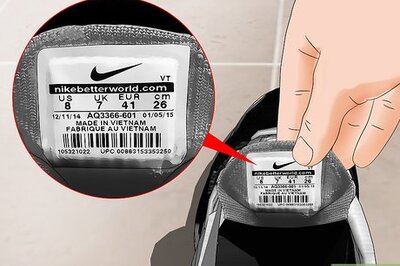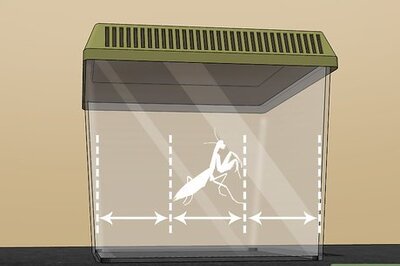
views
For the uninitiated, driving your own car on a racing circuit can seem daunting. We’ve put together a guide so that you can get the most out of a track day and stay safe at the same time. So, you’ve signed up for your first ever track day, and you’re ready to let your car loose on the race circuit. In order to avoid unnecessary stress, it’s paramount to prepare yourself and your car in advance. We’ve put together the following tips to ensure you’re prepared for your very first track day.
1. Prepare your car and perform a safety check
Before you hit the racetrack, you should ensure your car is up to the task of flat-out performance by checking the condition of your tyres and their pressures, as well as the brake pads. You should also ensure your car’s fluids are topped up. As you’ll be tearing around corners, you shouldn’t forget to remove any loose items from the cabin, either. Finally, don’t forget to fill your car up with petrol!
2. Sit properly
Your seat back should be upright and you should be able to rest your wrists on the top of the steering wheel with a slight bend to your arms, with your shoulders still touching the seat. You should be able to press down on the brake pedal fully, while still being able to bend your leg. Sitting lower forces drivers to keep their vision up, so it is critical that you do this.

3. Steer correctly
Steering your car around a race track is different to driving on a road. Instead of feeding the steering wheel through your fingers as your turn, you should keep your hands in the ‘9 and 3’ clock positions at all times. This ensures you are able to keep the car pointed in a straight direction.
4. Know the driving line
Before you start racing, you should drive around the track twice at normal speed to master the route, possibly with an instructor if one is available. The driving line is the fastest path around the track – but it often differs from what you might think. Helpfully, most tracks feature cones laid out in certain areas to guide drivers and fall into three categories.
A turn-in cone represents the point on the track where the car changes direction. Cones representing the apex mark the innermost point of the corner. Finally, the exit cone indicates the spot where drivers can go pedal-to-the-metal and accelerate at full speed.

5. Learn how to brake
As you head into a braking zone, it’s important to apply your brakes firmly early on and then ease up afterward. Common mistake novice drivers make is braking too hard and too late, which can cause the car to spin.
6. Use all of the track
Although drivers should be minded to steer clear of bigger curbs, which can upset the car or push them offline, you shouldn’t shy away from smaller curbs, rumble strips or painted stripes. You should hug apexes tightly, otherwise you’ll risk running out of track at a corner exit. A few inches out can add up to tenths of a second per lap, which can make a huge difference on your overall lap time.
So, now you’re ready to head to the race track. Good luck!




















Comments
0 comment